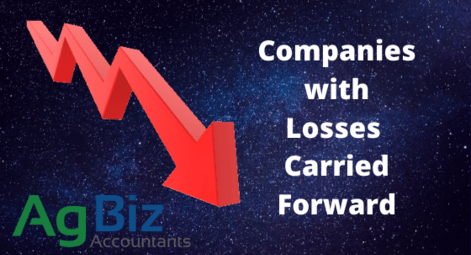Companies may have losses carried forward from a prior year. Losses may have resulted from losing money in a previous business venture, one-off signature expenditure (e.g., significant repairs and maintenance on a property), or during the start-up phase of a new business.
This article will explain what losses carried forward are, how they can be utilised, and in some situations how it may be appropriate to utilise the losses over more than one year.
What are tax losses carried forward?
If a company makes a loss for the income tax year, the loss is carried forward to the next year and able to be offset against future income from that year. The losses carried forward have no expiry date (unless the shareholding continuity is breached which is beyond the scope of this article).
How are losses carried forward utilised?
If a company has losses carried forward, the company can earn income equivalent to those losses and not pay income tax.
Because a company pays tax at 28%, the tax losses save tax at 28% of the total losses carried forward. For example, if a company had losses carried forward of $100,000, they can earn $100,000 of income and not pay income tax. This saves the company tax at 28% or $28,000.
Utilising losses over more than one year
In some situations, it may be appropriate to pay working owners a shareholder salary to remunerate them for the services performed to the company during the year, even if the company has prior year losses carried forward.
If the shareholder employee has no other income, their shareholder salary would be taxed at their marginal tax rate being 10.5% tax up to $14,000 and then 17.5% tax for income up to $48,000, then 30% for income up to $70,000 and 33% for income above $70,000. By paying a shareholder salary, part of the company tax losses may be preserved at the 28% tax rate.
For example, Bob’s Bike Limited has losses carried forward of $75,000. In year 1 the company has $75,000 of taxable income, and the company is forecasting to make another $75,000 taxable income in year 2. Bob (the shareholder employee) receives no other income. Let’s explore two options below.
Option 1: utilise all the prior year losses in the first year
Year 1:

The prior year losses are fully utilised, and both the company and Bob have no tax to pay.
Year 2:

Bob is paid a shareholder salary of $48,000, and $27,000 taxable income is retained in the company. This results in total income for the group of $75,000 and combined tax to pay of $14,980.
Option 2: Pay Bob a shareholder salary in the first year
Year 1:

From the company taxable income of $75,000, a shareholder salary of $20,000 is paid to Bob (to remunerate him for services performed) and $55,000 of the company losses are utilised. This results in the company continuing to have $20,000 of losses carried forward to Year 2. Bob has tax to pay of $2,520 on his shareholder salary. Bob is taxed at his marginal tax rate (10.5% and 17.5% which is lower than the company tax rate of 28%).
Year 2:

From the company taxable income of $75,000, the remaining $20,000 company losses carried forward (from year 1) are now utilised and Bob is paid a shareholder salary of $48,000 in remuneration. The balance of $7,000 is taxed in the company at 28%. This results in total group taxable income of $55,000 and combined tax to pay of $9,380 for year 2.
Comparing Option 1 and Option 2 over the two years (combined)

When both years are combined, the two groups have the same taxable income ($75,000; being a total of $150,000 of taxable income, less the original losses carried forward of $75,000).
Option 2 results in tax savings of $3,080 compared with option 1. This is because in year one, part of the company’s losses carried forward are preserved at 28% and Bob’s lower marginal tax rate is utilised.
Other considerations
In this example, Bob receives a salary of $20,000 in year 1 and has tax to pay of $2,520. This tax must be paid to IRD one year earlier to IRD than if the losses were fully utilised. Depending on the shareholder salary and other individual factors, this may result in Bob having to pay provisional tax.
Each company and taxpayer have different individual circumstances that need to be consider. If you have a company that has losses carried forward, we recommend you talk to us early so we can discuss your specific business and overall situation to be proactive and forward looking.
Would you like to know more
Contact Tim Doyle or Jane Evans today for a no obligation phone call or meeting on 07 823 4980 or contact us. Our office is in Cambridge, NZ, but distance is no problem. We have many international and national clients.
This material has been prepared for informational purposes only, and is not intended to provide, and should not be relied on for, tax, legal or accounting advice. You should consult your own tax, legal and accounting advisors before engaging in any transaction.



